Other
Photographing Wildlife from a Kayak
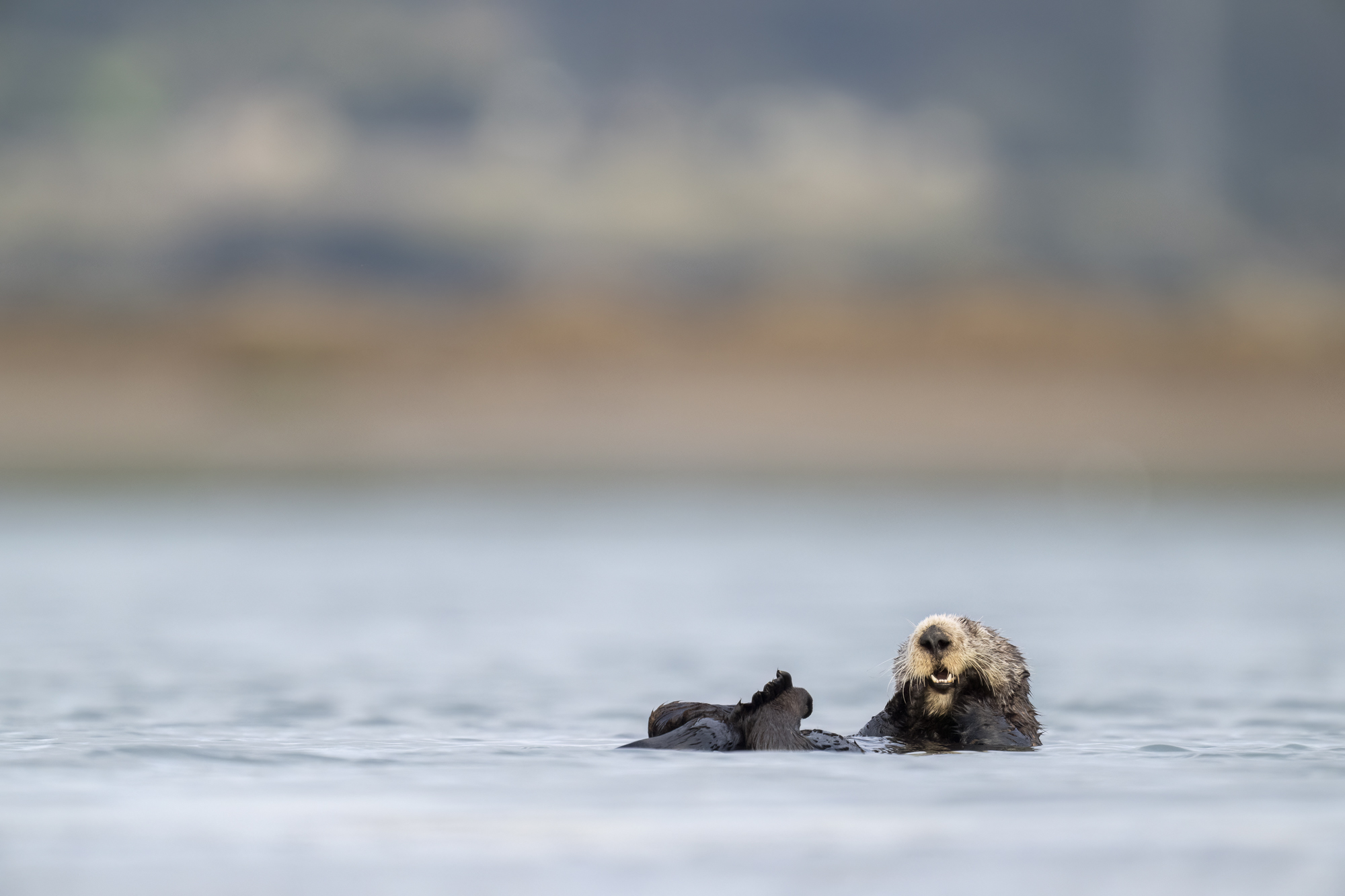
Colorful salt marsh, fields, and forests surround the Elkhorn Slough, California’s second largest estuary, home to many species including the region’s famous Southern sea otter.
Many of the most compelling wildlife images are taken from as close to the subject’s eye level as possible. For aquatic birds, small marine mammals, and other wildlife that live in and around the water achieving this can be challenging. I have found that photographing these animals from a kayak has really unlocked my ability to create unique images.
Bodies of water are congregating places for animals around the world so they are naturally a good fit for wildlife photography. The angles, compositions, and lighting possible from land are limiting. Estuaries, lakes, and slow rivers are great places to photograph animals from a kayak as they often are calmer and more protected than the ocean. I am fortunate to have the Elkhorn Slough, California’s second-largest estuary, just a short distance from home. It is a great place to see harbor seals, sea otters, sea lions, and a huge variety of birds.
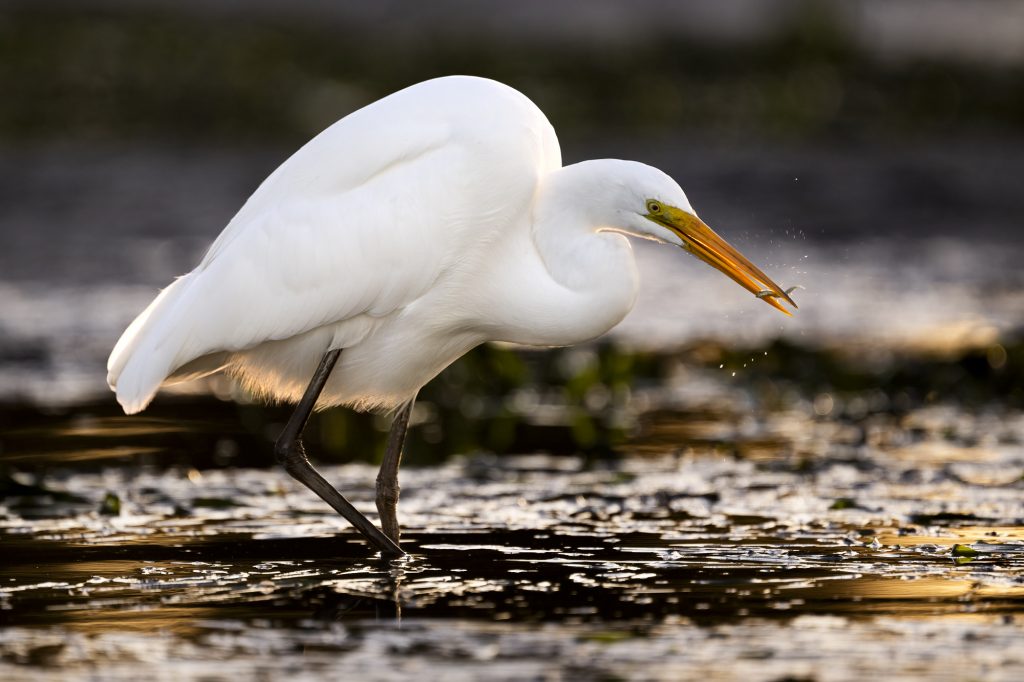
Nikon Z9, NIKKOR Z 800mm, 1/800 sec, f/6.3, ISO 400
Kayak Equipment
There are many types of kayaks available but I prefer open sit-on-top kayaks that are generally very stable and have adequate room for gear. Kayak stability helps ensure you and your camera will stay dry while out on the water. Fishing kayaks are extremely stable because many of them are wider than average kayaks to allow anglers to stand up while fishing. The downside to some of these fishing kayaks however is that they are heavier and have more water resistance making them more difficult to transport and paddle. Many of them also have higher seats which makes getting low-angle shots a bit more challenging. I have found standard sit-on-top kayaks such as the Ocean Kayak Malibu 11.5 to be sufficiently stable when combined with a dry bag (specifics to follow) to protect your camera while paddling. This type of kayak is commonly available to rent near many locations where you might be interested in kayaking. I also highly recommend using a paddle leash to ensure your paddle doesn’t get away from you when you put it down to take photos.
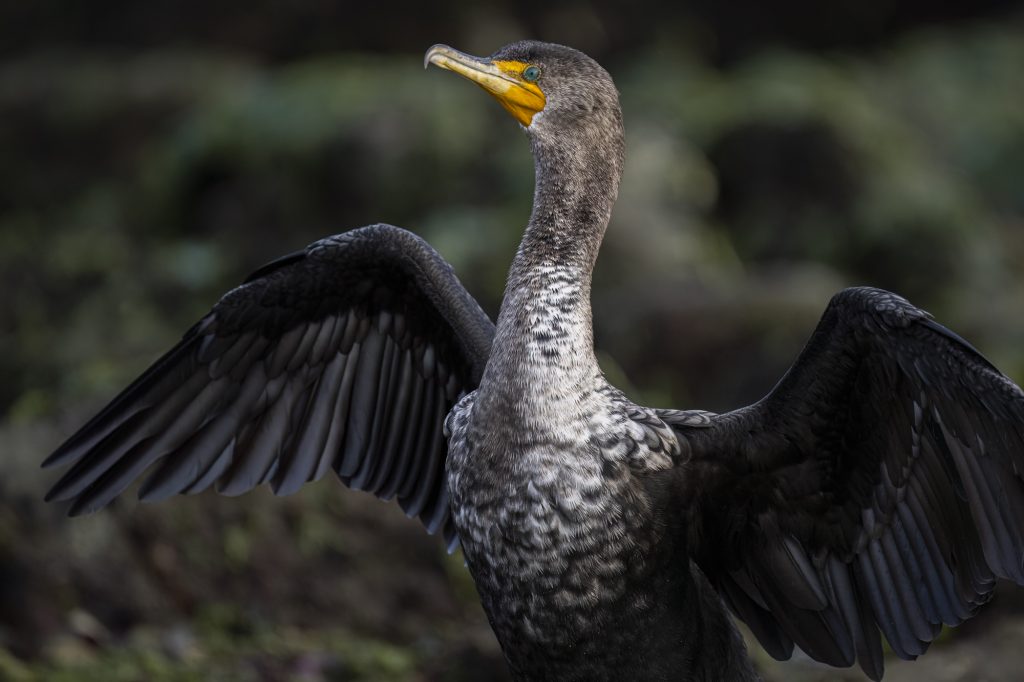
Nikon Z9, NIKKOR Z 800mm, 1/800 sec, f/6.3, ISO 1250
While launching, landing, and paddling I keep my camera stowed in a sealed dry bag to protect it from the water. Stuffing a soft coat in the bottom of the dry bag can provide some padding for your camera or an extra layer for you if the weather changes. I place my dry bag on the floor of my kayak between my legs with the end that opens facing toward me. Some dry bags are better than others for putting hard camera gear inside. I have found that the very thin lightweight ones get holes in them relatively easily when hard objects are stored in them. Instead, I prefer to use the thicker rubberized ones or my Watershed Animas dry backpack. Gear insurance that covers water damage is always worth considering too just in case you have a mishap while on the water.
Camera Equipment
Like many types of wildlife photography, you will want a telephoto lens when photographing wildlife from a kayak. They allow you to get the shots you want while giving the animals plenty of space. I primarily photograph smaller mammals and birds from my kayak so I find that it’s helpful to have a longer focal telephoto than what you may use for land animals. As a Nikon shooter, I find Phase Fresnel (PF) telephoto lenses to be a great option. The smaller size and weight makes getting them in and out of your dry bag easier. I own and frequently shoot the Nikon 500mm f/5.6E AF-S PF ED VR lens from my kayak. The Nikon Z 800mm f/6.3 VR S is also a great option that lets you give your subjects a bit more space while getting those frame-filling shots. I found it also provides a pleasing shallow depth of field on slightly wider shots from further away. Telephoto zoom lenses from all the major manufacturers in the 150-600mm range also can work well giving you more flexibility if that is your preference.
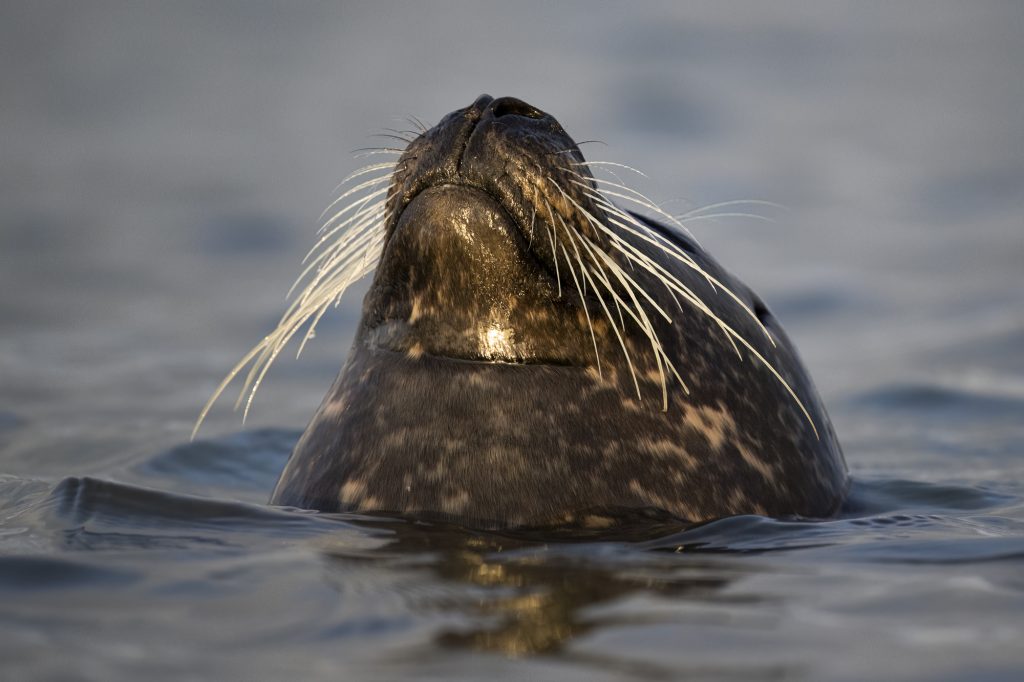
Nikon Z9, NIKKOR Z 800mm, 1/1600 sec, f/6.3, ISO 1600
While it’s possible to change lenses or add/remove teleconverters while on your kayak I would avoid it if possible to reduce the risk of dropping something in the water. Instead, for a given kayak photo session I usually try to just focus on compositions that are well suited to the lens I have chosen. That said, I highly encourage using different lenses during different kayaking sessions for a greater variety of shots and compositions, especially if you are able to revisit familiar subjects.
Animal and bird detection autofocus (AF) is perhaps even more helpful when photographing wildlife from a kayak than on land. They really do give you one less thing you have to worry about. Wind and current means your kayak is rarely completely stationary. A fast accurate autofocus system such as that found on the Nikon Z9 drastically increases the number of sharp, in-focus keepers I end up with on my kayak when compared to shooting with a DSLR. Remember to switch between bird detection AF and animal detection AF to match the type of subject you are photographing. Focus points covering the entire sensor also maximize your composition flexibility. I often shoot using the LCD instead of the viewfinder, allowing me to lower my camera to the kayak’s edge just above the surface of the water. LCDs that pivot right and left as well as up and down are really nice for this style of shooting.
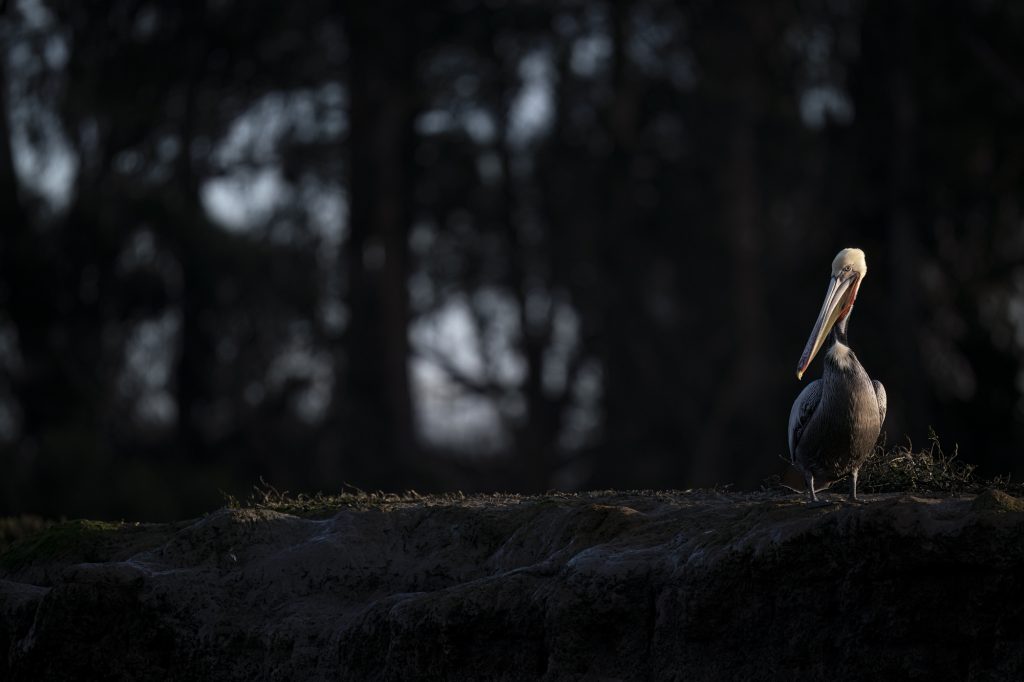
Nikon Z9, NIKKOR 500mm PF, 1/1000 sec, f/5.6, ISO 400
Many photographers use a tripod on their kayak to support their camera and lens. I don’t feel it’s necessary when using modern mirrorless cameras with in-body and lens stabilization combined with the newer lighter telephoto lenses. In many cases shooting handheld has the advantage that it is quicker and easier to reposition if you see an opportunity arise. It also makes getting your camera back into your dry back quickly less cumbersome if you need to make a move.
Final Thoughts
If you want to try photographing wildlife from a kayak, find a destination near you with wildlife where you can rent a kayak, get yourself a dry bag, and give it a try. This is how I got hooked and eventually led to me buying my own kayak. I think you will quickly realize photographing wildlife from a kayak unlocks unique opportunities and compositions that would not be possible from land.
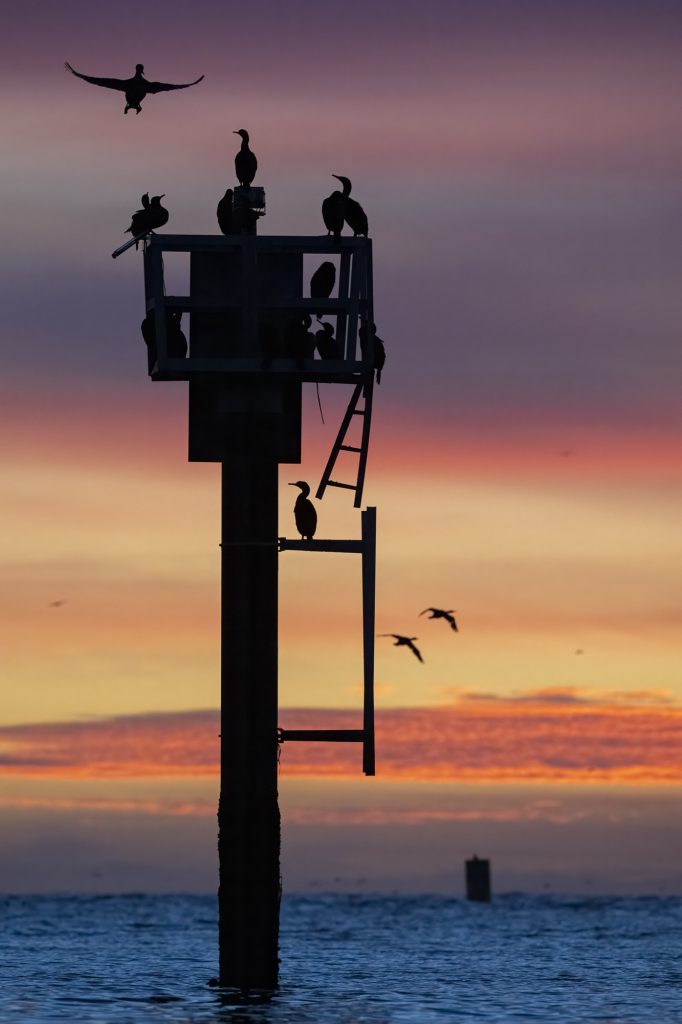
A cormorant lands on a channel marker at the mouth of the Elkhorn Slough during a vibrant sunset over the Monterey Bay. Nikon Z9, NIKKOR 500mm PF, 1/1000 sec, f/8.0, ISO 8000 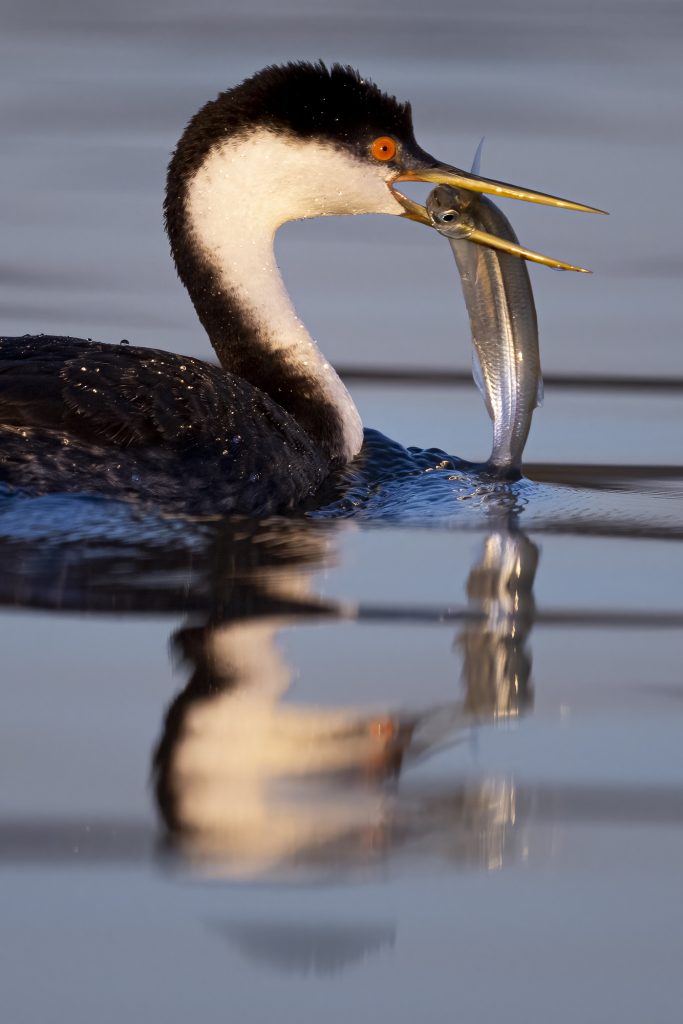
A western grebe displays its sizable catch before swallowing it whole moments later.
Nikon Z9, NIKKOR Z 800mm, 1/800 sec, f/6.3, ISO 1000
Wherever you kayak, make sure you follow local guidelines to ensure you minimize your impact on the habitat as well as the wildlife you are photographing.
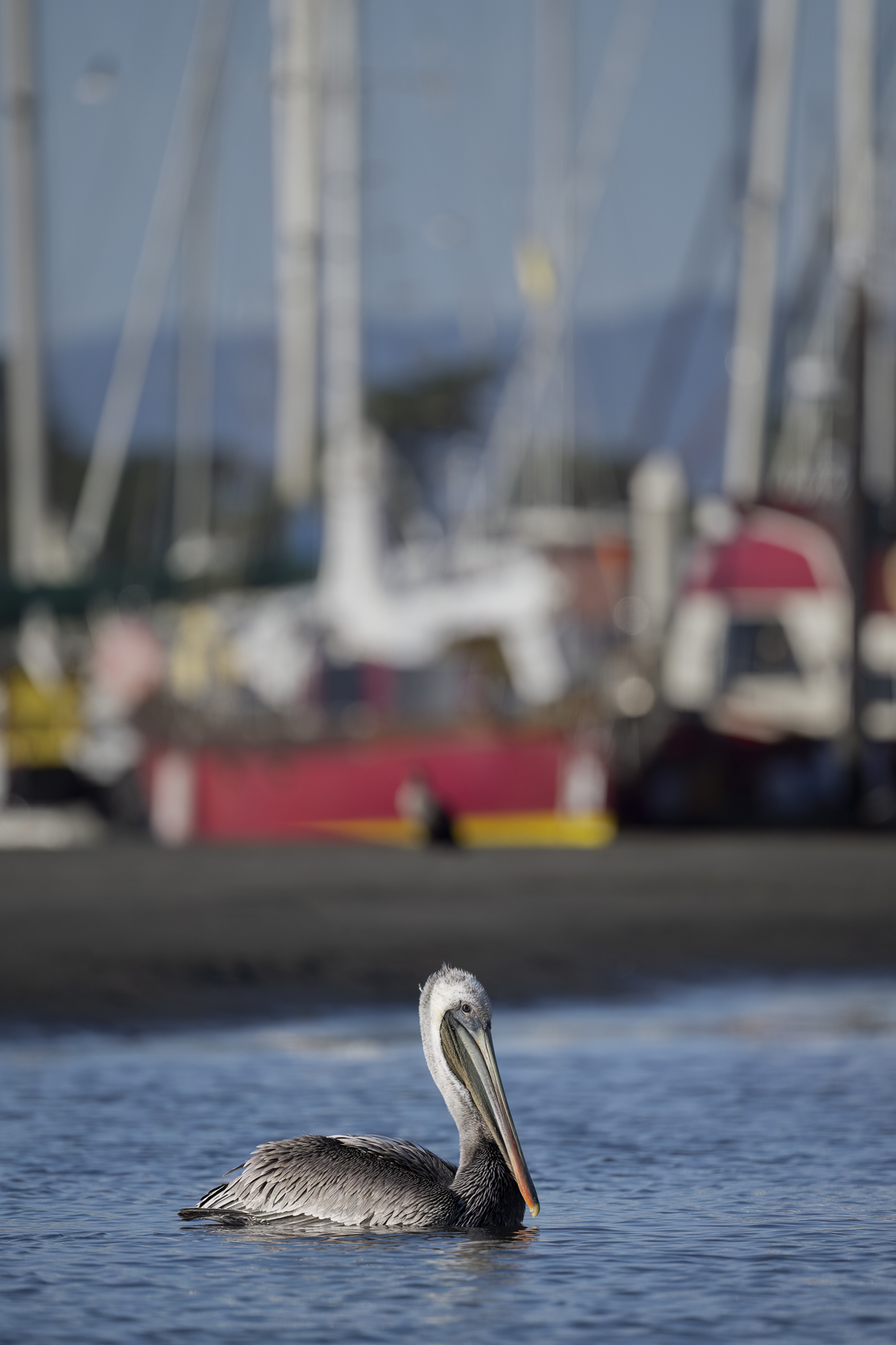
Nikon Z9, NIKKOR 500mm PF, 1/2000 sec, f/5.6, ISO 320
Related Reading
- Photographing the Brown Bears of Brooks Falls
- Guide to Wilderness Photography and Timelapse Filming
- I Traded My Full-Frame Kit For A Sony RX100 VI, Here’s What I Learned
- Best New Video and Photo Products of 2023
Author: Jon Anderson
I am Jon, a photographer living on California’s Monterey Bay who loves photographing wildlife, above and below the water! Also a mechanical engineer, I love testing the latest gear while making images, sometimes even building my own gadgets in pursuit of a unique perspective.-
gglockner
